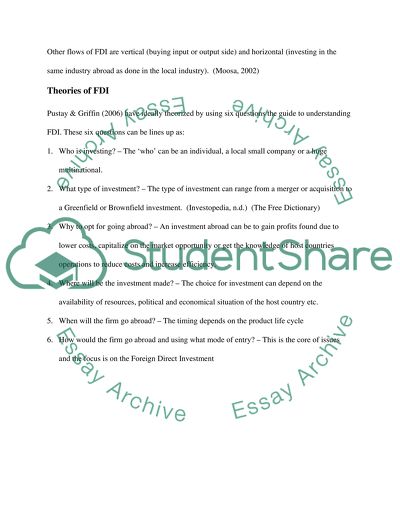Cite this document
(“Theories of FDI Essay Example | Topics and Well Written Essays - 1250 words”, n.d.)
Theories of FDI Essay Example | Topics and Well Written Essays - 1250 words. Retrieved from https://studentshare.org/macro-microeconomics/1506178-theories-of-fdi
Theories of FDI Essay Example | Topics and Well Written Essays - 1250 words. Retrieved from https://studentshare.org/macro-microeconomics/1506178-theories-of-fdi
(Theories of FDI Essay Example | Topics and Well Written Essays - 1250 Words)
Theories of FDI Essay Example | Topics and Well Written Essays - 1250 Words. https://studentshare.org/macro-microeconomics/1506178-theories-of-fdi.
Theories of FDI Essay Example | Topics and Well Written Essays - 1250 Words. https://studentshare.org/macro-microeconomics/1506178-theories-of-fdi.
“Theories of FDI Essay Example | Topics and Well Written Essays - 1250 Words”, n.d. https://studentshare.org/macro-microeconomics/1506178-theories-of-fdi.


